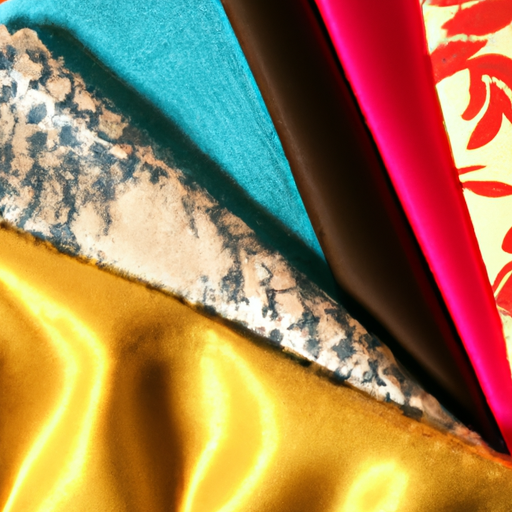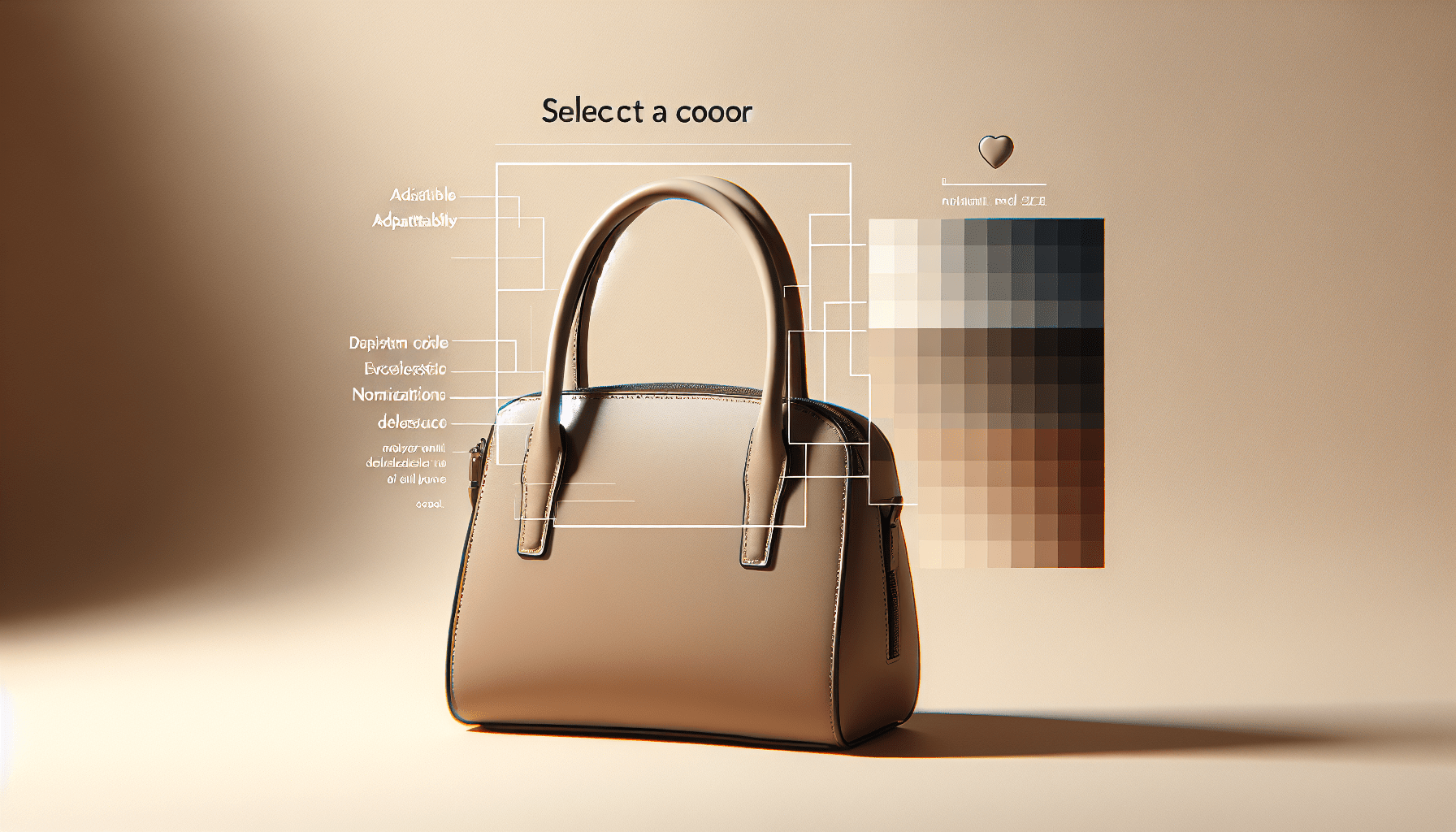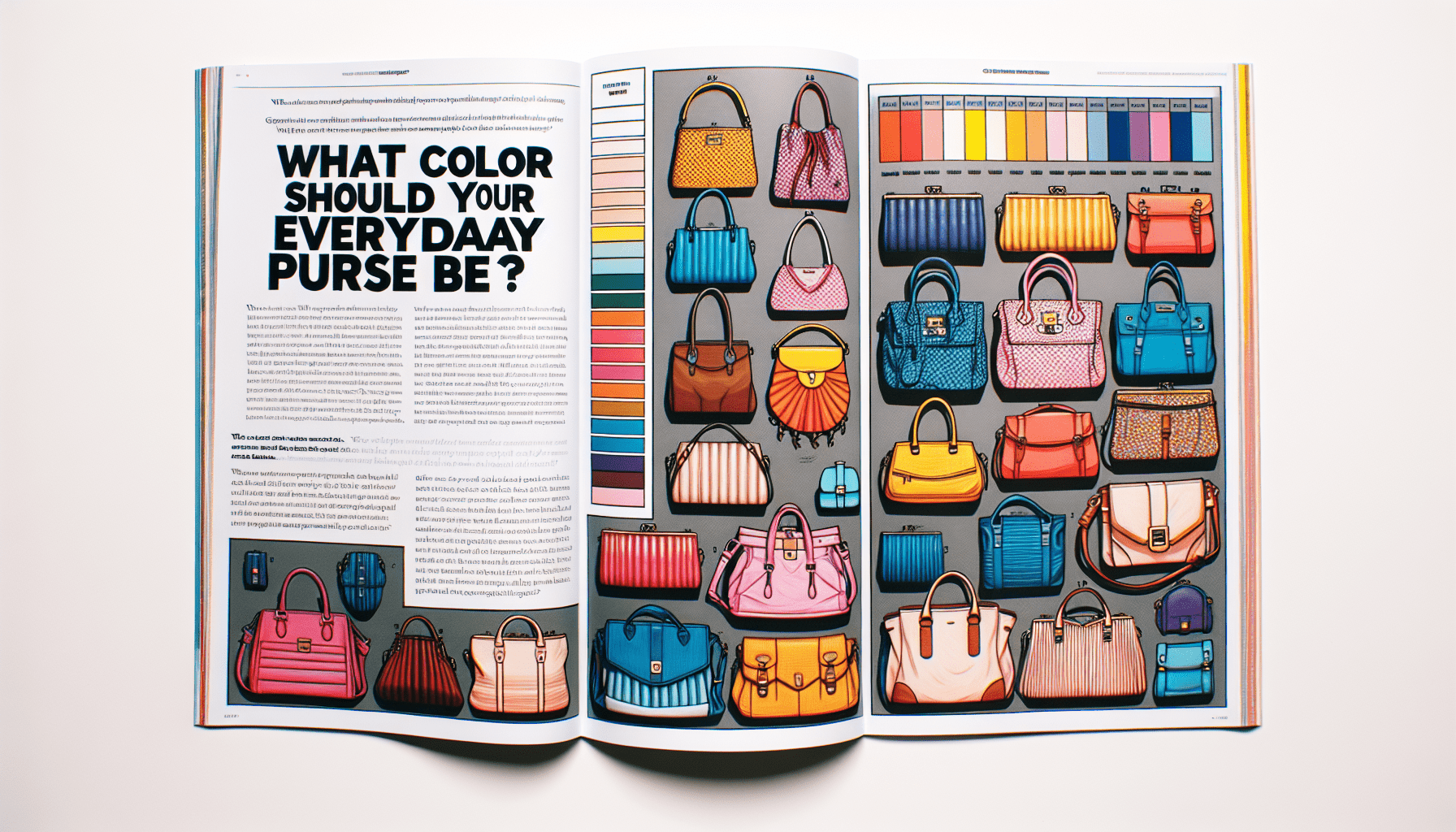How To Make A Fold Over Clutch Bag
Are you tired of spending money on expensive designer clutch bags? Look no further! In this article, we will show you step-by-step instructions on how to make your very own fold over clutch bag. This DIY project is not only fun and creative, but it also allows you to customize the bag to your own personal style. With just a few materials and some basic sewing skills, you’ll have a stylish and unique accessory in no time. So grab your sewing kit and let’s get started on this fabulous project!
Materials Needed
To make a fold over clutch bag, you will need the following materials:
Fabric
Choose a fabric that suits your taste and the occasion for which you’ll be using the clutch. Consider factors such as the fabric’s durability, texture, and pattern. Cotton, linen, or silk fabrics are commonly used for clutch bags.
Lining fabric
Select a lining fabric that complements the main fabric. This will give your clutch a professional and finished look.
Interfacing
Interfacing is used to give structure and stability to the clutch. Choose interfacing that matches the weight of your fabric.
Zipper
Pick a zipper that is the appropriate length for your clutch bag. A zipper that is at least 1 inch shorter than the width of the fabric will work well.
Scissors
Invest in a pair of sharp fabric scissors to ensure clean and precise cuts.
Sewing machine
A sewing machine will make the process faster and more efficient. If you don’t own one, you can also hand sew the clutch.
Thread
Choose thread that matches the color of your fabric to achieve a seamless finish.
Measuring tape
Accurate measurements are vital for creating a well-fitting clutch. Use a measuring tape to take measurements of your fabric and pattern.
Pins
Pins are essential for holding fabric layers together while sewing. Look for straight pins that are sharp and easy to handle.
Iron
An iron is necessary for pressing the fabric and creating crisp edges.
Choosing the Fabric
When selecting the fabric for your fold over clutch, consider the purpose of the bag. Will it be used for a casual outing or a formal event? Choose a fabric that suits the occasion and your personal style.
Additionally, consider the weight of the fabric. Lighter fabrics such as cotton or silk will create a softer and more delicate clutch, while heavier fabrics like denim or canvas will result in a sturdier and more structured bag.
Don’t forget to pick a design or color that you love and that complements your wardrobe. Whether you prefer a solid color, a bold print, or a subtle pattern, choose a fabric that speaks to your sense of style.
Preparing the Pattern
Before you begin cutting your fabric, you’ll need to create a pattern for your clutch bag. Start by taking your measurements and determining the desired dimensions of the bag.
Once you have your measurements, transfer them onto paper or cardboard to create a template. Make sure to add seam allowances to all sides of the pattern to allow for sewing.
With your pattern ready, place it onto the fabric and carefully cut along the edges. Take care to cut both the main fabric and the lining fabric according to the pattern dimensions.
Additionally, cut interfacing pieces using the same pattern, but without seam allowances. These interfacing pieces will be used to reinforce the fabric and give the bag structure.
Creating the Main Body
To give your fold over clutch bag structure and stability, apply interfacing to the main fabric pieces. Following the manufacturer’s instructions, iron the interfacing onto the wrong side of the fabric.
Next, place the fabric and lining pieces of the main body right sides together. Pin them in place to prevent shifting while sewing.
Using a sewing machine or hand sewing, stitch around the sides and bottom of the clutch, leaving the top open. Trim any excess fabric and clip the corners to reduce bulk.
To complete the main body, carefully turn the clutch right side out through the top opening. Use a pointed object, such as a chopstick or blunt knitting needle, to push out the corners for clean lines.
Adding a Zipper
Determining the size of the zipper is crucial to ensure a proper fit for your fold over clutch bag. Measure the width of the top opening of the clutch and select a zipper that is slightly shorter than this measurement.
Next, mark the position of the zipper on the lining fabric of the clutch. This will guide you when attaching the zipper.
To attach the zipper to the lining fabric, place it face down on the lining, aligning the top edges. Pin or clip it in place, ensuring it is centered and straight. Using a zipper foot on your sewing machine, stitch along both sides of the zipper, securing it to the lining.
Once the zipper is attached, carefully open it, and fold the clutch so that the main fabric and lining are right sides together. Sew along the top edge, stitching through all layers, to secure the clutch and complete the zipper installation.
Making a Tassel (Optional)
To add a stylish touch to your fold over clutch bag, consider making a tassel for the zipper pull.
Choose a material for your tassel that complements the fabric and overall aesthetic of your clutch. Synthetic or natural fibers, such as embroidery floss, yarn, or leather, can be used to create a tassel.
To make the tassel, cut multiple strands of your chosen material to your desired length. Gather the strands together and tie them tightly near one end. Fold the strands in half and secure them together, leaving a loop at the top. Trim the ends of the strands to create an even tassel.
To attach the tassel to the zipper pull, thread the loop through the hole in the zipper and pull the ends through the loop, securing it in place. Trim any excess material to achieve the desired length.
Adding Decorative Elements (Optional)
If you want to add a personal touch to your fold over clutch bag, consider embellishing it with buttons, beads, sequins, or embroidery. Select embellishments that match the style and theme of your clutch.
To attach buttons, beads, or sequins, use a needle and thread to sew them onto the main fabric of the clutch. Create a design or pattern that complements the fabric and adds visual interest.
If you prefer embroidery or appliqué, use embroidery floss or fabric adhesive to secure the designs onto the clutch. Get creative and personalize your clutch with monograms, flowers, or any other design that reflects your style.
Finishing Touches
To give your fold over clutch bag a polished appearance, ensure that it is pressed well. Use a hot iron to press the seams and edges, creating crisp and clean lines.
Trim any loose threads from the bag to achieve a neat and professional finish. Pay attention to small details to ensure a high-quality final product.
Check for any stitching errors or loose seams and correct them as needed. Take your time to inspect the clutch thoroughly before using or gifting it to ensure that it meets your expectations.
If desired, you can also add a magnetic snap or button closure for added security and convenience. Follow the manufacturer’s instructions to attach the closure to the clutch.
Variations and Personalization
Once you’ve mastered the basic steps of making a fold over clutch bag, don’t be afraid to experiment with different fabrics and closure options. You can create a variety of looks by using different materials, patterns, or colors.
Consider customizing your clutch by adding pockets or compartments to the interior. This will help keep your belongings organized and easily accessible.
For a unique and eye-catching look, try using contrasting fabric for certain sections of your clutch. Mixing and matching fabrics can create a stunning and personalized accessory.
Tips and Tricks
To ensure successful sewing and a beautiful end result, here are some helpful tips and tricks:
- Before sewing on your fabric, test the stitch on a scrap piece to ensure that the tension and stitch length are correct.
- Double-check your measurements and pattern dimensions to avoid any mistakes in sizing.
- When working with delicate fabrics, such as silk or satin, use clips instead of pins to prevent snagging or damaging the material.
- If you’re struggling with even stitching, consider using a walking foot attachment on your sewing machine. This foot helps feed the fabric evenly for smooth and consistent stitching.
- Always iron your fabric before cutting and sewing to remove any wrinkles or creases. This will ensure accurate measurements and a professional finish.
By following this comprehensive guide, you can confidently create your own stunning fold over clutch bag. Enjoy the process of selecting materials, personalizing your design, and showcasing your creativity through this practical and fashionable accessory.




